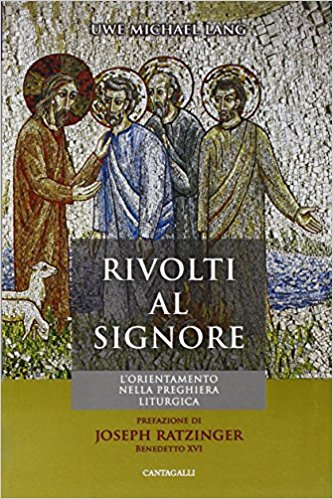La experiencia de la misa “ad orientem” es enriquecedora en muchos aspectos, empezando por la normalidad. Personalmente la vivo mejor, quizá porque soy de los poco cantarines en misa, porque me van las cosas muy escuetas y porque me distraigo mucho menos. Si quieren acabar conmigo, canten, canten y moniciones, muchas moniciones. Una misa sobria, siguiendo serenamente el misal romano, donde intentamos cuidar cada gesto, cada signo, cada detalle. A la vez, misa parroquial como todas. Siempre hay lectores, o se buscan al inicio, siempre un feligrés con la campanilla en la consagración, siempre reclinatorios para facilitar la comunión a quien desee recibirla de rodillas. Siempre un sacerdote confesando. Nos falta un monaguillo. Todo se andará.
Artículo aquí.

